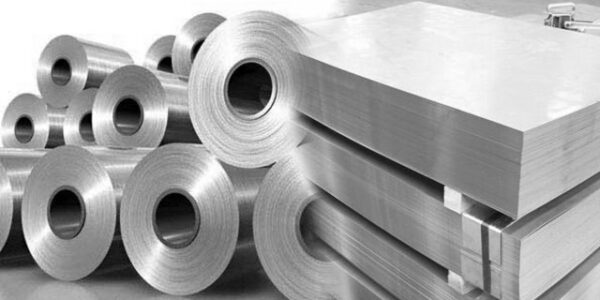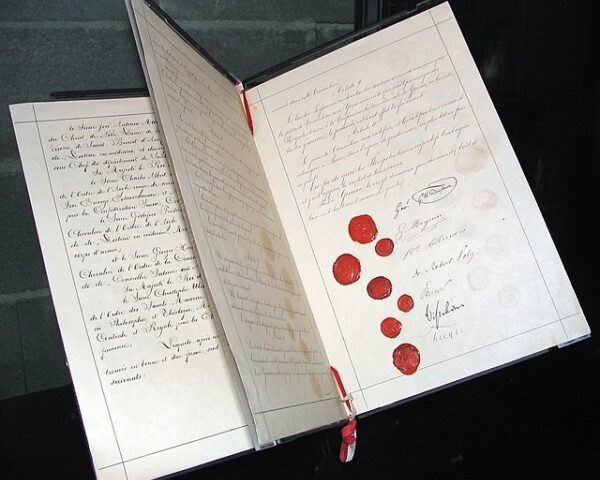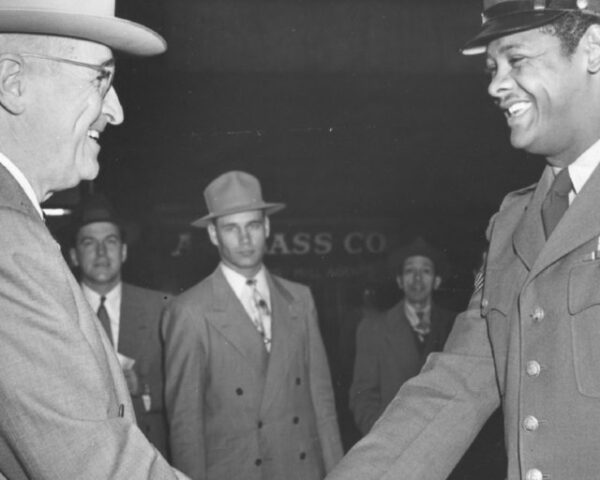On August 13, 1913, Harry Brearley, a pioneering metallurgist hailing from England, added some chromium to a steel mixture and changed industry and home appliances forever. The mixture he produced made a strong metal that was both resistance to corrosion and rust, stainless steel.
At the time, steel was widely used but had a significant weakness – it corroded and rusted easily, limiting its applications. Brearley, working in Sheffield, a hub for steel production, was tasked with finding a solution to the problem of erosion in the gun barrels of the British army and embarked on a series of experiments to create a more resilient and durable steel. Through trial and error, he stumbled upon a game-changing formula: by introducing around 12% chromium to iron, he generated a novel alloy that showcased remarkable resistance to corrosion.
Brearley’s creation, initially intended for industrial applications, proved to be a game changer with the breakout of World War I. Its imperviousness to rust and corrosion made it a highly sought material for crafting weapons, tools, and equipment that would be in challenging, and often wet, environments.
As is often the case, the war’s necessities became the mother of invention and the unexpected demand pushed stainless steel to the forefront of innovation, prompting further research into its properties and potential.
Great Plains Steel noted, “Soon after stainless steel’s discovery, it was put to work in a wide range of applications. In Sheffield, UK, where the first stainless steel was made, factories began manufacturing surgical tools and cutlery from the material. By 1925, stainless steel tanks were proving their resistance to corrosion by storing nitric acid for industrial applications. In 1926, the first surgical steel implants were used. The first beer to be fermented in stainless steel tanks was brewed in 1928. The material is now standard for the brewing industry.
Throughout the 1920s, a range of nickel and chromium formulations were tested. Different mixes presented different benefits in corrosion resistance, malleability and other qualities. There are now roughly 100 grades of stainless steel commercially available. Stainless steel grades fall into four general groups: martensitic, austentic, duplex and ferritic. Ferritic and martensitic are magnetic while austentic and duplex are not.”
As time progressed, the scope of stainless steel’s applications expanded beyond wartime necessities. Architects and designers recognized its aesthetic appeal, leading to its incorporation in modern architecture and household items. The Chrysler Building in New York City, completed in 1930, showcased the allure and versatility of stainless steel, solidifying its place as an emblem of urban sophistication.
Harry Brearley’s invention laid the foundation for diverse industries to thrive. It paved the way for the development of various types of stainless steel, each tailored to specific needs. The integration of nickel and other elements enhanced its properties, rendering it even more versatile and adaptable. Brearley’s genius fundamentally changed the materials landscape, proving that innovation could arise from careful experimentation and a deep understanding of metals.
Brearlyey’s invention catalyzed progress across numerous sectors, from architecture and manufacturing to healthcare and transportation. Alost everyone alive has been impacted by his discovery. Today, stainless steel is an essential part of our lives, a testament to the enduring impact of a single individual’s ingenuity and willingness to take a chance.
So open up your stainless steel fridge and grab a cold one to toast Harry Brearley and his recipe, first made on this date in 1913.






